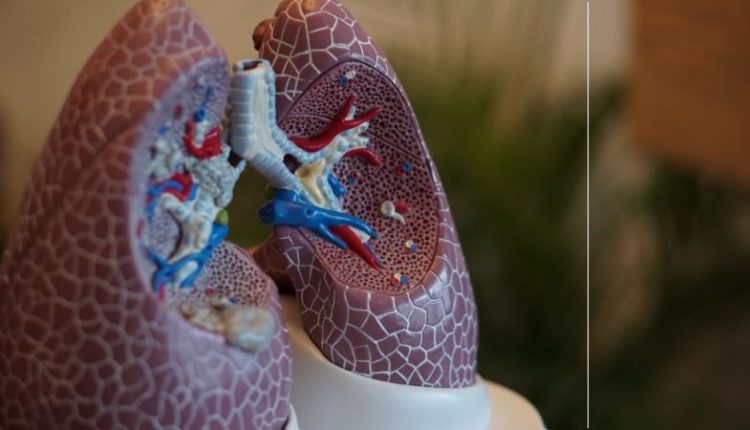
Thyroid nodules: what they are and when to remove them
Let’s talk about thyroid nodules: the thyroid is a gland located at the base of the neck, which is very important for our organism because it produces the thyroid hormones, T4 and T3, which are responsible for regulating the body’s energy metabolism
At times, however, this gland can lead to a number of problems due to both an alteration in the production of these hormones and to certain morphological pathologies of the gland itself, such as nodules
Hypothyroidism and hyperthyroidism
As we saw above, the thyroid gland can suffer from a variety of problems. In the case of an alteration in hormone production, we can have
- hypothyroidism: the thyroid gland is no longer able to produce sufficient hormones for the body, which will find it more difficult to produce the energy the body needs to maintain its vitality;
- hyperthyroidism: there is an excess production of thyroid hormone resulting in an increase in energy caused by the loss of energy substrates (adipose tissue, muscle tissue) and hyperactivation of all the other organs.
Thyroid nodules
In the case of morphological alterations to the gland itself, on the other hand, we can have nodules that often do not give rise to symptoms.
During the course of life, the gland often increases in size (goitre), affecting it either entirely or in certain specific places.
Certain factors, such as environmental pollution, obesity or a lack of iodine (which is essential for the gland to function) in the diet, can contribute to the development of protuberances known as nodules.
Prevention is necessary and helps a lot, especially in early diagnosis.
Thyroid nodules: what tests to do
In most cases, the presence of thyroid nodules can be discovered through examinations for other diseases.
Ultrasonography is the most useful instrumental examination, if such a problem is suspected, because it allows important features to be highlighted, such as:
- the morphology
- size;
- margins;
- vascularisation’.
Generally, the moment the endocrinologist detects a nodule, he immediately assesses its dangerousness.
If it has irregular borders, microcalcifications and a large blood supply, it is likely to be malignant and can be classified according to 3 risk bands: low, intermediate and high (according to the AACE, ACE and AME guidelines).
Thyroid nodule removal: when it is done
In the case of a malignant form, needle aspiration is the most suitable test to determine whether or not it is cancerous.
If the result is positive, it must be removed: if the diameter is less than 10 mm and the neoplasm has not spread to other organs, only the right or left lobe is removed (haemithyroidectomy).
If, on the other hand, the diameter is more than 40 mm and the tumour has spread to several parts, total removal with removal of the lymph nodes in the neck is the most severe option.
Sometimes it is also necessary to remove benign nodules, especially when they cause bulky goiters that, with their mass, could cause discomfort to the trachea (deviation or narrowing).
Read Also:
Thyroid Nodule: Signs Not To Be Underestimated
Thyroid: 6 Things To Know To Get To Know It Better



